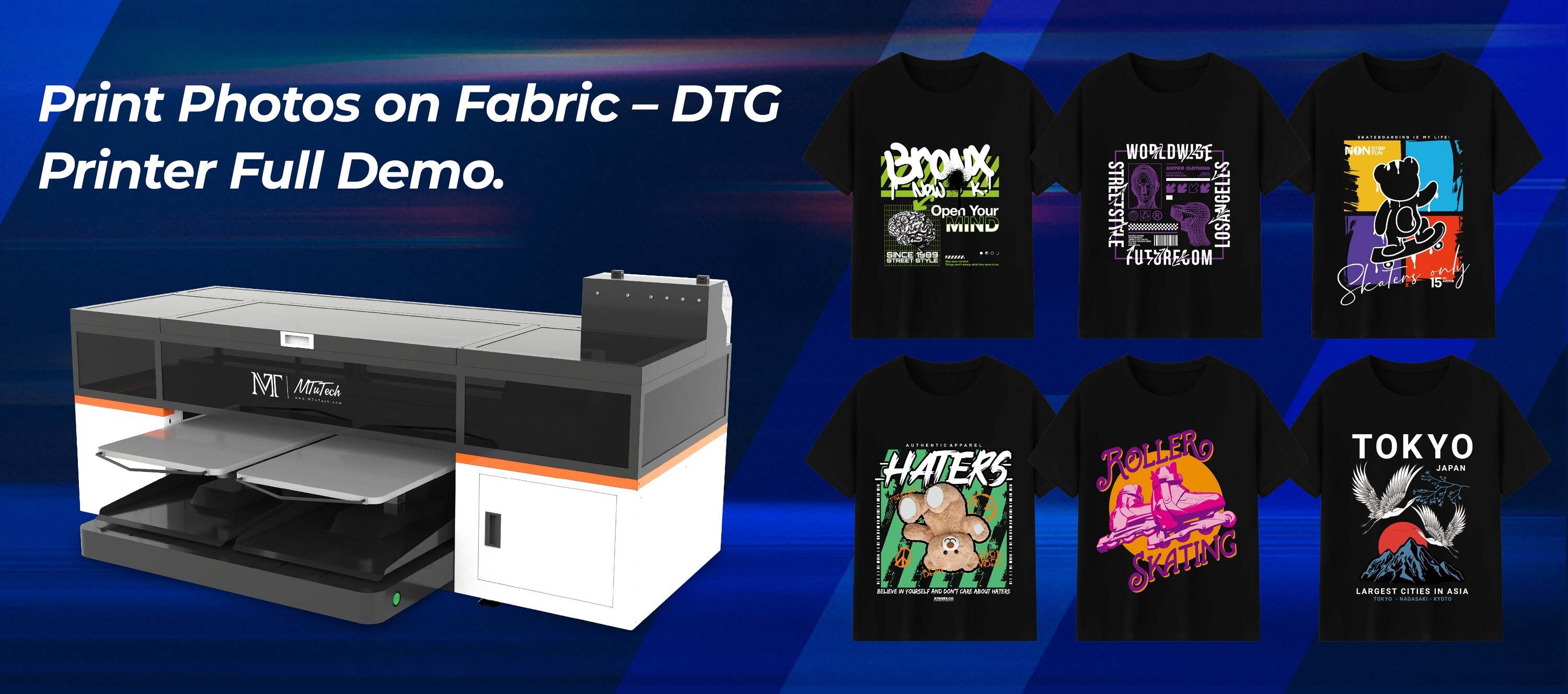In the world of Direct To Garment (DTG) printing, color management is as crucial as the design itself. In striving to create high-quality output that accurately represents the original digital design, a comprehensive understanding of your color profiles can go a long way. This blog post will guide you on how to expertly manage color profiles across your DTG jobs for consistent, impressive results.
Introduction
Color inconsistency issues can be a real headache in DTG printing. They can cost you valuable time, resources and, potentially, clients. The color you see on your computer monitor may not always align with the colors reproduced on the garment – this is primarily due to differences in color management procedures. A crucial step in overcoming this challenge lies in effective color profile management.
What Are Color Profiles?
A color profile is essentially an informational map that tells your computer and printer how colors should appear. They ensure that the colors you see onscreen accurately reflect the final output on the printed garment. By properly managing your color profiles, you can maintain consistency and accuracy across your DTG jobs.
The Importance of RGB and CMYK
The RGB (Red, Green, Blue) color model is typically used in digital displays, whereas the CMYK (Cyan, Magenta, Yellow, Black) color model is used for print. DTG printers, like most digital printers, use the CMYK color model. Therefore, understanding the relationship between RGB and CMYK is vital in managing color profiles.
Steps to Manage Color Profiles Across DTG Jobs
Navigating the world of color management can feel overwhelming, but by following these steps, you can gain control over your color profiles for your DTG jobs.
Firstly, you have to ensure that your monitor is properly calibrated to display colors accurately. There are plenty of tools available that can assist you with this.
Next, set the appropriate color space or profile in your design software. Remember to operate in the RGB color space while designing, and then convert to CMYK for printing.
Thirdly, your DTG printer should be correctly calibrated for color output. This includes selecting the correct color profile within your printer's software.
Lastly, it’s crucial to regularly check and clean your DTG printer to avoid any color inconsistencies.
By ensuring that each step in your print process is accurately calibrated and correctly set, you can ensure consistent color outputs for each DTG job. Explore our high-quality DTG printers here to achieve this.
Benefits of Managing Color Profiles
Proper color management across DTG jobs yields a multitude of benefits:
Better match between on-screen design and the printed output.
Improved consistency across DTG jobs, ensuring the same design always looks the same irrespective of the time it was printed.
Reduced waste due to color inaccuracies, saving you money and resources.
Increased client satisfaction due to improved accuracy and consistency.
Conclusion
Managing color profiles across DTG jobs doesn't need to be a complex task. By proper calibration, choosing the correct color profile, and regular maintenance of your printer, you can achieve stronger, more reliable results that faithfully reproduce your designs. This enhanced color management will lead to happier clients, reduced wastage, and ultimately, increased profitability.
FAQs
What is the difference between RGB and CMYK?
RGB stands for Red, Green and Blue, which are the colors used by digital screens to display images. CMYK stands for Cyan, Magenta, Yellow, and Black (Key), which are the colors used in printing processes. Since these two color systems operate on different mediums, they produce a different spectrum of colors, with RGB offering a wider range than CMYK.
Why is it important to calibrate my monitor for color management?
Monitor calibration is essential for color management as it ensures that the colors you see on your screen are accurate. Without a calibrated monitor, your design colors might appear different on your monitor compared to the final print, leading to inconsistencies across your DTG jobs.
How can I maintain consistency in color profiles across multiple DTG jobs?
Consistency can be maintained by calibrating your monitor, applying the appropriate color profiles in your design software, and ensuring your printer’s color profiles are properly configured. Consistent printer maintenance also plays a crucial role in maintaining color accuracy.

